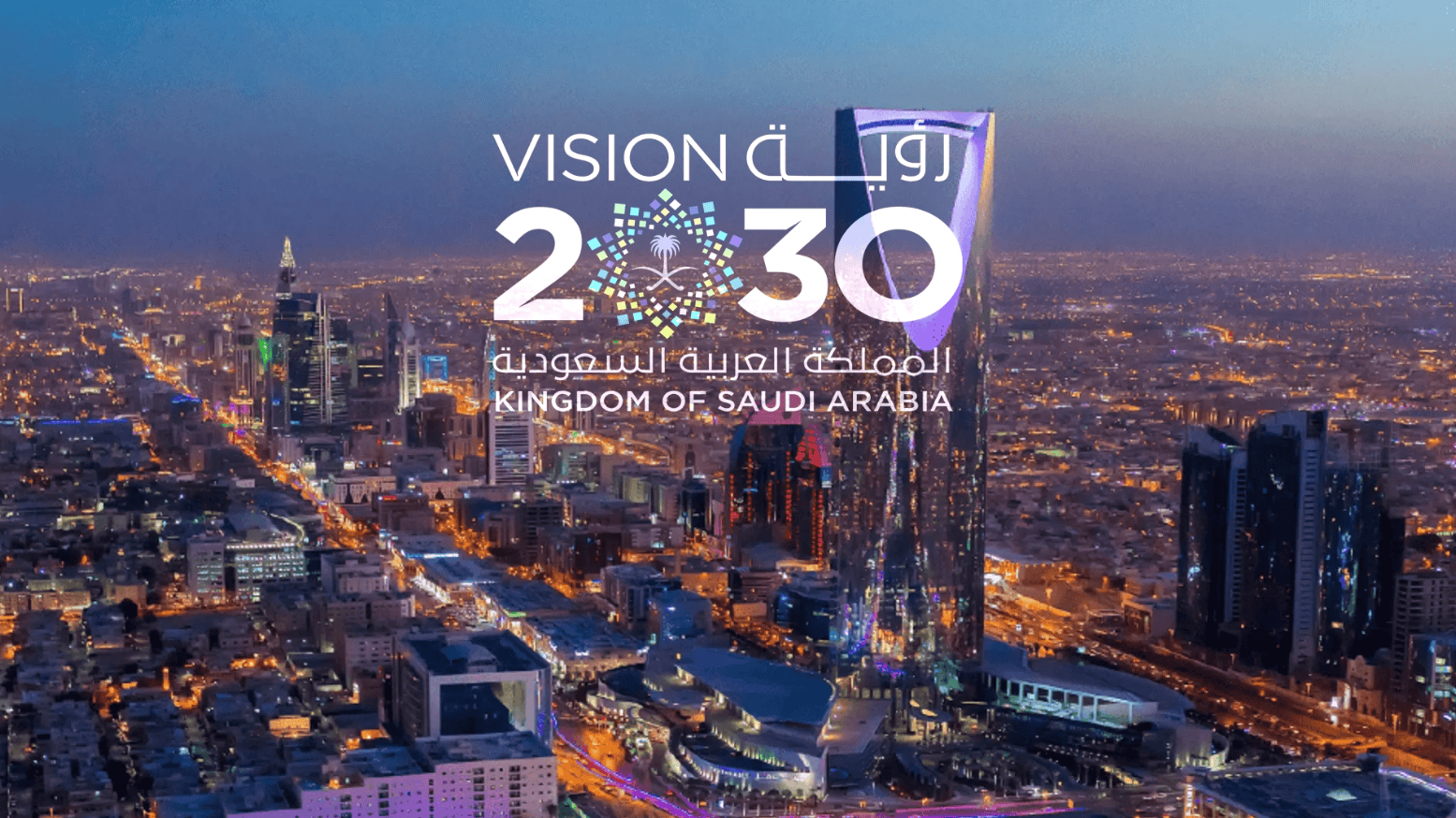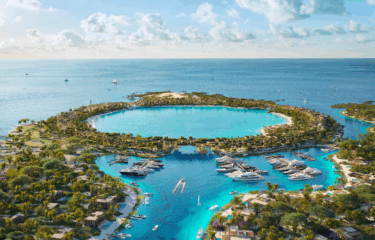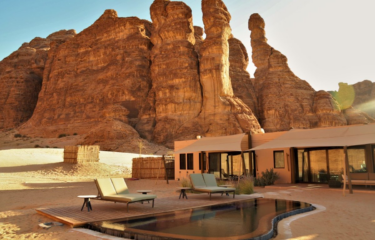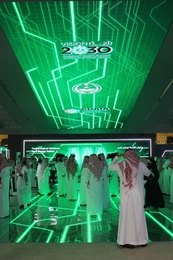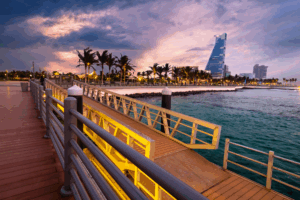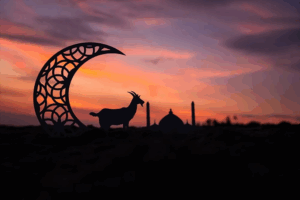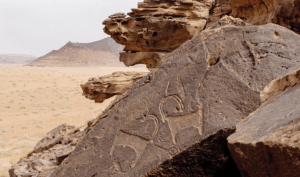For decades, Saudi Arabia has been one of the major contributors to the energy sector. In 2016, the nation set out on an ambitious journey by taking the first steps toward redefining the Kingdom into a global powerhouse. A bold commitment was made to diversify the economy and reimagine the source of progress by focusing on workforce development, tourism, and sustainability. This plan was called Vision 2030, a strategic blueprint and roadmap designed to steer the Kingdom towards growth and success by 2030.
However, with a multifaceted plan, it’s natural to feel confused about the scope, objectives, and how everything comes together. This blog will help provide a concise and clear look at what Vision 2030 aims to achieve and how the Kingdom’s future will change because of these steps.
Overview of Vision 2030
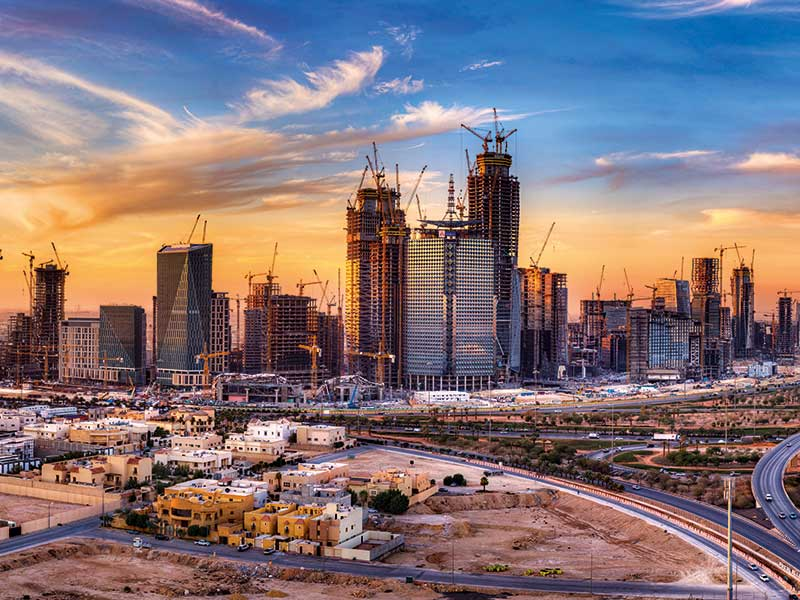
Vision 2030 in Saudi Arabia marks the first step of the Kingdom’s story to transform and diversify its economy from dependency on energy towards sectors with more potential, told in three phases, each spanning five years. Together, these steps build on each other’s achievements for steady progress toward developing KSA into a more sustainable and prosperous economy by 2030.
The first phase laid a strong foundation for development, ushering in reforms that reshaped the public sector and improved quality of life. It was a time of transformation, ensuring every citizen played a role in the nation’s progress.
Building on this momentum, the second phase accelerated investments in ambitious projects and key industries. Saudi Arabia emerged as a global hub of opportunity, setting the stage for a diverse and resilient economy.
Now, the third phase is about securing long-term growth and embracing new opportunities. Expanding green energy projects like the Sakaka solar plant and hydrogen initiatives, alongside empowering local talent through the Human Capability Development Program, will turn progress into lasting change.
This journey is beyond mere success in numbers or milestones. Rather, the focus is on creating cities with people’s needs at heart. As Vision 2030 in Saudi Arabia progresses, the quality of life for Saudi residents has also improved. This initiative is expanding opportunities for growth, fostering global connections, and increasing governance efficiency across the Kingdom.
Key Pillars For Vision 2030 in Saudi Arabia

Vision 2030 in Saudi Arabia is built on three key pillars, all reflecting the Kingdom’s values and aspirations for a brighter future. Together, they chart a course for progress and growth for KSA.
Working Towards A Vibrant Society
This pillar envisions a lively, thriving community where people enjoy a high quality of life. Streets come alive with cultural festivals, historic landmarks, and bustling cafés. Rooted in moderation and national pride, this stage ensures a safe, well-supported society with strong social and healthcare systems. Key goals include building the world’s largest Islamic museum, increasing physical activity participation to 40%, and placing three Saudi cities among the world’s top 100 urban centers.
Driving Innovation For A Thriving Economy
A strong, diverse economy opens doors for all, aligning education with market needs and expanding opportunities for businesses of every size. Growth comes through privatization, attracting global talent and investment, and leveraging the Kingdom’s strategic location. By investing in diverse industries and job creation, this phase drives long-term prosperity.
Empowering An Ambitious Nation
A nation’s strength lies in effective governance. This pillar enhances transparency, accountability, and citizen engagement, ensuring a high-performing government that empowers individuals, businesses, and non-profits. Goals include becoming a global leader in online government services and strengthening the non-profit sector’s role in development.
Ground Breaking Developments for Vision 2030

KSA’s Vision 2030 has given rise to some of the most groundbreaking flagship projects in the region.
The Visionary City of NEOM
One of the most exciting projects is NEOM, a futuristic city announced in 2017 by Crown Prince Mohammed bin Salman. Located on the Red Sea coast in northwest Saudi Arabia, NEOM is designed to run entirely on renewable energy and set new standards for sustainable living.
The plan also includes incredible ideas like THE LINE, a futuristic city stretched across the desert; Oxagon, a hub for modern industries; Trojena, a destination for adventure and sports; and Sindalah, a luxury island resort.
Coastal Luxury with The Red Sea Project
Another incredible initiative is The Red Sea Project, turning Saudi Arabia’s west coast into a world-class luxury destination. Covering 28,000 square kilometers, the plan features more than 90 pristine islands, vast deserts, dormant volcanoes, and vibrant coral reefs. By 2030, visitors can enjoy top-tier hotels and homes, all while being assured that the area’s natural beauty is carefully protected. This project highlights Saudi Arabia’s focus on tourism which benefits both people and the planet.
There are also several other major projects underway and close to completion. However, one thing is clear, these projects are creating new opportunities, improving the quality of life, and putting Saudi Arabia on the map.
Empowering Society and Individuals through Vision 2030

Saudi Arabia’s real asset is its people and society. At its heart, Saudi’s Vision 2030 is a commitment to empower them. Since its implementation, women’s participation in the workforce has increased from 22% to 37%, exceeding initial targets. The nation has now moved towards becoming a society where women take the wheel, literally and figuratively.
Reforms have also made traveling, driving, and starting businesses easier for Saudi women, which is a big change from the way things used to be in the past. For the younger generation, the focus is on preparing them for a competitive global stage. You’ll find classrooms filled with eager learners, training programs sharpening skills, and initiatives sparking creativity. These efforts aim to equip the youth with the tools to succeed in a fast-changing world.
Current Progress
This vision is no doubt a global model of excellence on all fronts. And we can see this success reflected in the incredible milestones achieved till now. Over 36,000 investment licenses have been issued, marking a fivefold increase since the vision’s launch. Women’s workforce participation has surpassed expectations, and youth unemployment has significantly decreased.
The tourism scene is thriving, with over 120 million visitors exploring Saudi Arabia’s rich culture and breathtaking landscapes since 2019. On the global stage, the Kingdom is making its mark, hosting major events like the Riyadh Expo 2030, 2029 Asian Games and establishing itself as a hub for culture and sports. Moreover, with the announcement of Saudi Architecture Character map by Crown Prince Mohammed bin Salman on March 16, 2025 , Vision 2030 megaprojects will gain a more futuristic identity to stay truly Saudi.
What’s Next?
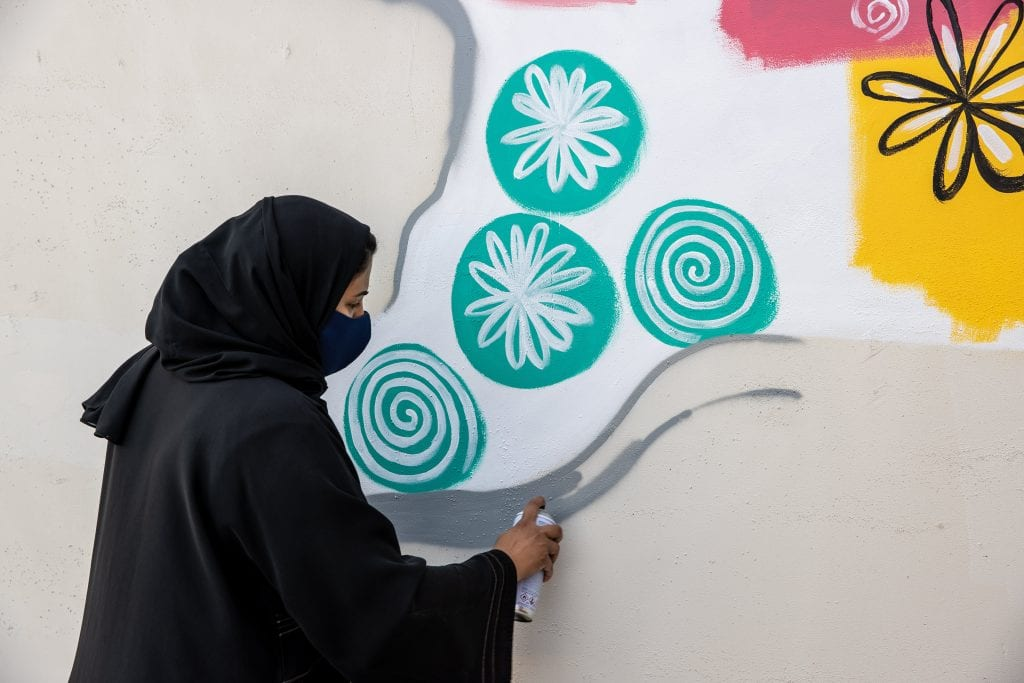
It’s not hard to imagine life in 2030 after the changes we’ve seen so far. A typical day might begin in a Riyadh apartment overlooking a skyline of futuristic towers with green spaces in pockets around them. Towers catch the morning sun while quiet electric cars roll through neighborhoods full of greenery. Families head to cultural hubs like Diriyah, where kids laugh and learn about history in ways that feel alive. Over in NEOM, people gather at a park that feels like it’s part of the desert itself, surrounded by homes designed to keep nature close.
The progress made so far shows how profound Vision 2030 in Saudi Arabia has the potential to be. A rise in global rankings, a commitment to innovation and sustainability, and other actions show how Saudi Arabia can reach its high hopes and objectives.
No doubt, Saudi Arabia is taking calculated steps toward a future where tradition, innovation, and sustainability go hand-in-hand, as a new era of development begins for the Kingdom.
FAQs
What is Vision 2030?
Vision 2030 is Saudi Arabia’s plan to develop key sectors. This includes health, education, infrastructure, recreation, and tourism to create a stronger and more sustainable future.
Why was Vision 2030 introduced?
Saudi Arabia launched Vision 2030 to diversify its economy, reduce dependence on oil, create jobs, and improve the quality of life for its people through major reforms and investments.
What are the main pillars of Vision 2030?
Vision 2030 consists of three pillars: creating a vibrant society by enhancing culture, entertainment, and overall quality of life, developing a thriving economy by expanding industries, jobs, and investments, and building an ambitious nation through strong governance, transparency, and sustainability.
How does Vision 2030 plan to diversify the economy?
The plan focuses on expanding industries like tourism, technology, entertainment, and renewable energy. Large-scale projects such as NEOM and The Red Sea Project aim to attract foreign investment and drive economic growth.
What are some key projects under Vision 2030?
NEOM is a futuristic, sustainable city focused on innovation and technology. The Red Sea Project is a luxury tourism destination along Saudi Arabia’s west coast. Qiddiya is an entertainment and sports hub, while Diriyah Gate is dedicated to preserving and celebrating the Kingdom’s cultural heritage.

